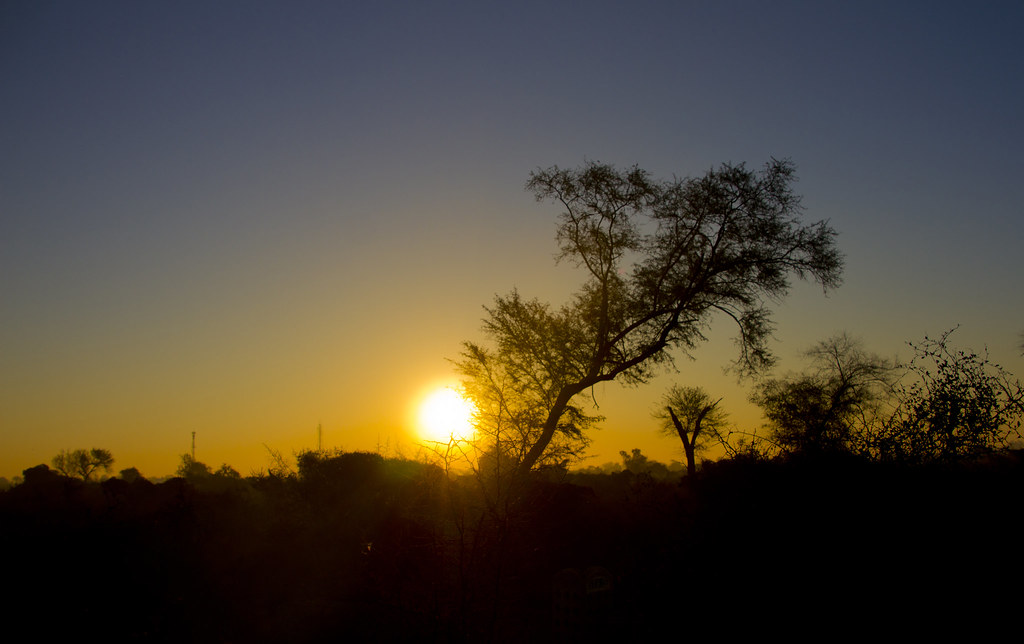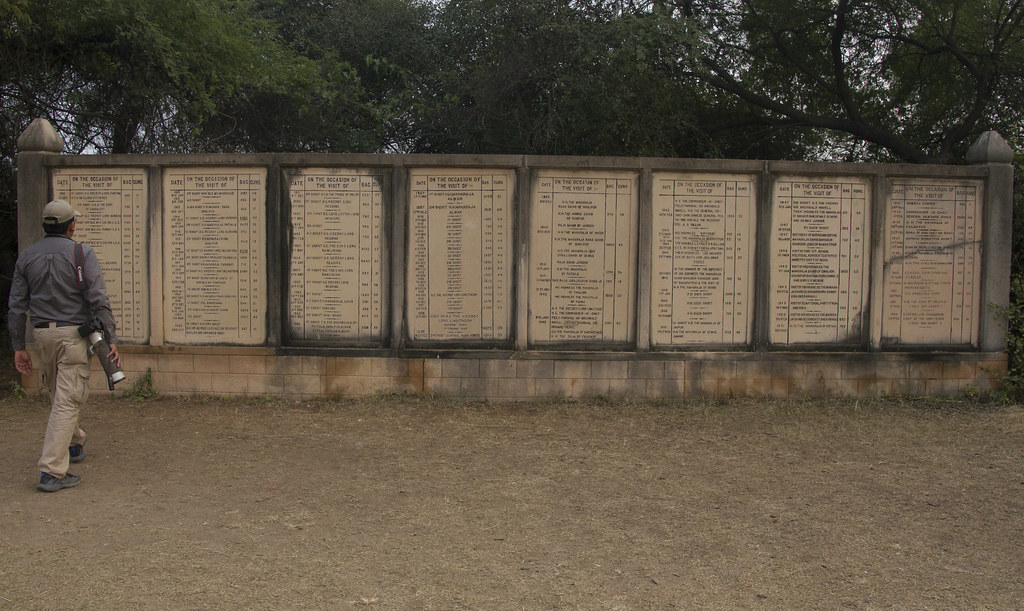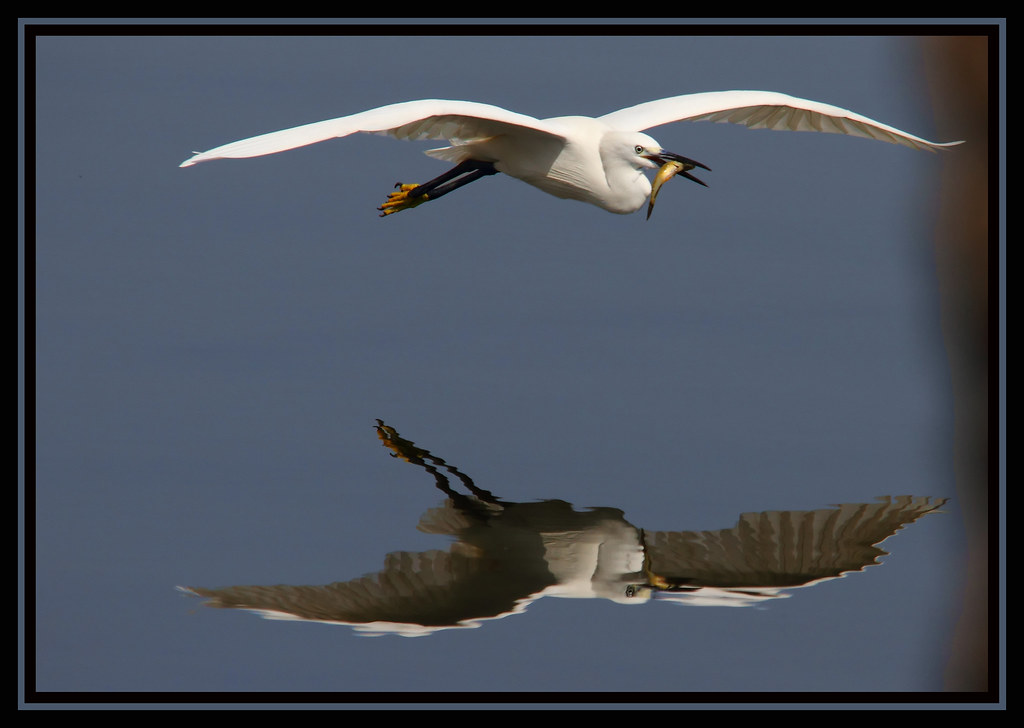Ah!
The travails of a travel-blogger!!
Wondering,
why this sigh?
Well,
it is not an easy task to capture & write uniquely about the essence of a
place that finds more than a lakh visitors thronging it each year – a number of
them better writers & photographer than Yours Truly. Add to this that fact
that in the days when digital imagery has captured a permanent space on
everybody’s mobile & Facebook, it is all the more difficult to create a
unique photo-journey of a place which attracts nature photography enthusiasts
from all over the world. I was facing this very dilemma that
evening, when I stepped out into verandah.
It
was about 7 in the evening. After a long day’s walk through the woods &
wetlands, my fellow traveller had decided to take a short nap. The weather was
cold-rather, very cold-chilling to the bones even through the 5-6 layers of
warm clothes that I had donned. In spite of the cold, with nothing much to do
till dinner, I opened the door & got out. The sudden appearance of a biped
startled a few spotted deer wandering idly just outside the room. I looked
incredulously while they, stepping back to a bit of a safer distance, in their
perception, stared back at me – an intruder in their idyllic world -
inquisitively and perhaps insolently. That was the moment I realized I had
found my WALDEN.
WHEN I WROTE the following pages, or rather the bulk of them, I
lived alone, in the woods, a mile from any neighbor, in a house which I had
built myself…
Thus
begins Walden, the book which narrates Henry David Thoreau’s a year & a
half long sojourn & tryst with nature in America of mid 19th century.
The experience afforded him an opportunity to discover and contemplate about
the various facets of human life, and the synergy these share with nature. The
book is also a kind of a treatise on transcendentalism – which links humanity
& nature through divinity.
It
is almost a decade ago when I first came across Walden while rummaging through
old books in one of the cabinets of my office – which were part of my
father-in-law’s collection. This was that phase when I was just turning 40, had
already been in the midst and then, at the helm of corporate financial affairs,
and had by that time set-up my own CA practice. The book’s curious beginning
set me on to a journey which, over the years, brought me closer to nature.
I went
to the woods because I wished to live deliberately, to front only the essential
facts of life, and see if I could not learn what it had to teach, and not, when
I came to die, discover that I had not lived.
A good book eggs you on to experience the story. Thoreau’s
Walden had the same effect on me, and I longed to find my own Walden. It was
easier thought than done though, accustomed as I have been to the city of
comfort that existed within me. Unlike Thoreau, I did not find it as easily
possible to lose myself in wilderness for such a long period. Hence, I took an
easier path – wandering for brief communes with nature, with my wife or friends,
accompanied by my camera & literature at my fingertips, seeking illumination from nature.
I
did manage to travel to places which I would not have thought of a decade ago.
These wanderings not only provided wider perspective about nature & its
interlinking paradigm, the path also took me to a whole new world of
romanticists, Sufis & naturalists. The Walden however, remained elusive –
for a long time.
For
a long time; that is, till that evening in early January, this year – when I
found myself face-to-face with that herd of deer. This was the Keoladeo Ghana
National Park of Bharatpur, and to me, equivalent to Thoreau’s Walden.
Bharatpur
is a sanctuary different in its setting and ambiance. The park, spread across
29 sq km, brings you in proximity to the miracle of nature in a way which is
unmatchable. Here roam some of the bird species with such impudence around you
that it is difficult to imagine this place as a once-upon-a-time hunting
grounds for the royal gentry of Rajputana & their British friends. A huge
plaque placed near the heart of the park lists down the exploits of various
hunters during those years.
It is the reputation of it being a heaven for bird-watchers that had brought me
to Bharatpur – my second visit in less than a year, and indeed, once again I
was not disappointed. However, as I meandered through its wilderness seeking
these winged species, I discovered another facet of Bharatpur. It is an
absolute delight for those interested in landscapes – as a photographer, a
painter or perhaps as a mere traveller.
Something would remain
amiss, if I left Lawrence Durrell, unquoted:
It is there if you just close your eyes and
breathe softly through your nose; you will hear the whispered message, for all
landscapes ask the same question in the same whisper. 'I am watching you -- are
you watching yourself in me?'
As
the Sun traverses through it arc across this terrain, it unveils a view so
picturesque that human language is incapable of capturing it. A
generous mix of grasslands, woods & wetlands – with interlinked paths well
suited for living those glorious, albeit brief, moments, of uncertain nomadic
living; the ponds with carpet of moss of ethereal hues, the trees displaying
shades of various stages of their life, those shaded paths bisecting the thickets, plumage of flora & fauna adding up
to a riot of colours; even the rays of a wintry day’s Sun, mellow in its mood, could not help but glisten exuberantly the moment they touched the pond's surface.
Indeed, it
is difficult not to wonder, like John Dyer: Ever charming, ever new, When
will the landscape tire the view?
In fact, for most of us, used to appreciate the
man-made beauties in this concrete jungle, the architectural wonders, those
urban-scapes, skylines, well manicured gardens, and artificial natural views,
Bharatpur’s verdant and unadulterated lyrical vista is a necessity that raises the human spirit. The only thought that echoed in my mind came from a song penned by Bharat Vyas decades ago:
Apni to aankh ek hai us ki hazar hai
Yeh kaun chitrakar hai
And birds? Well, while I was busy with my musings enjoying the bewitching landscapes, unknown to me, something else was brewing between Mother Nature & its brood of birds. I will come to that in some time. Meanwhile, you may enjoy more pictures from Bharatpur on the following link:























